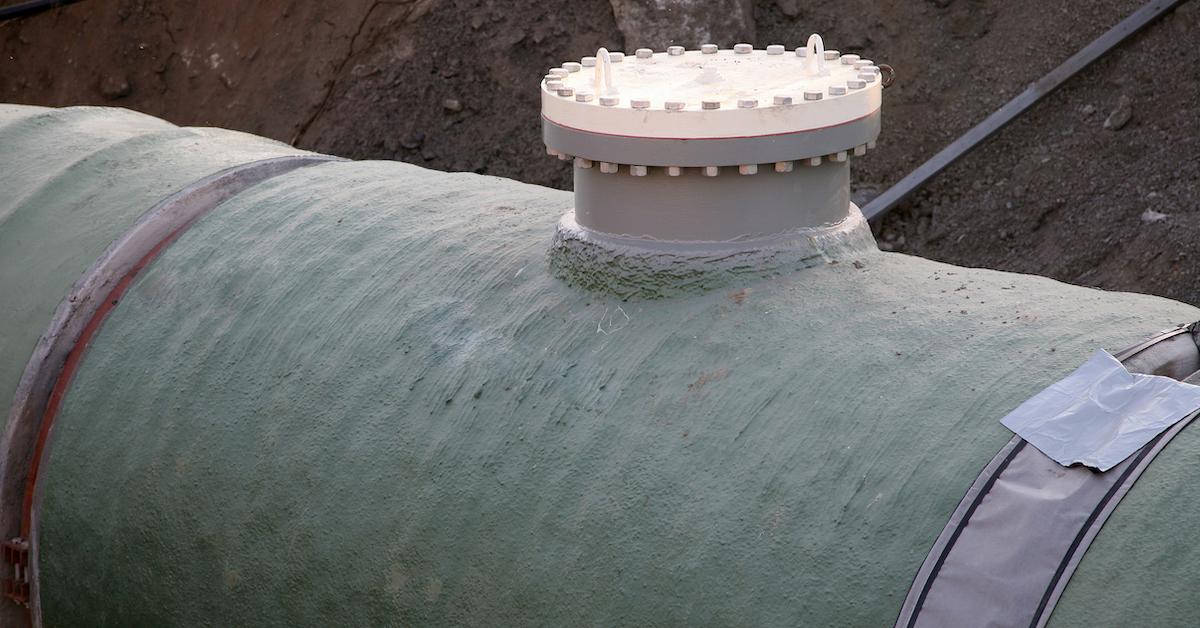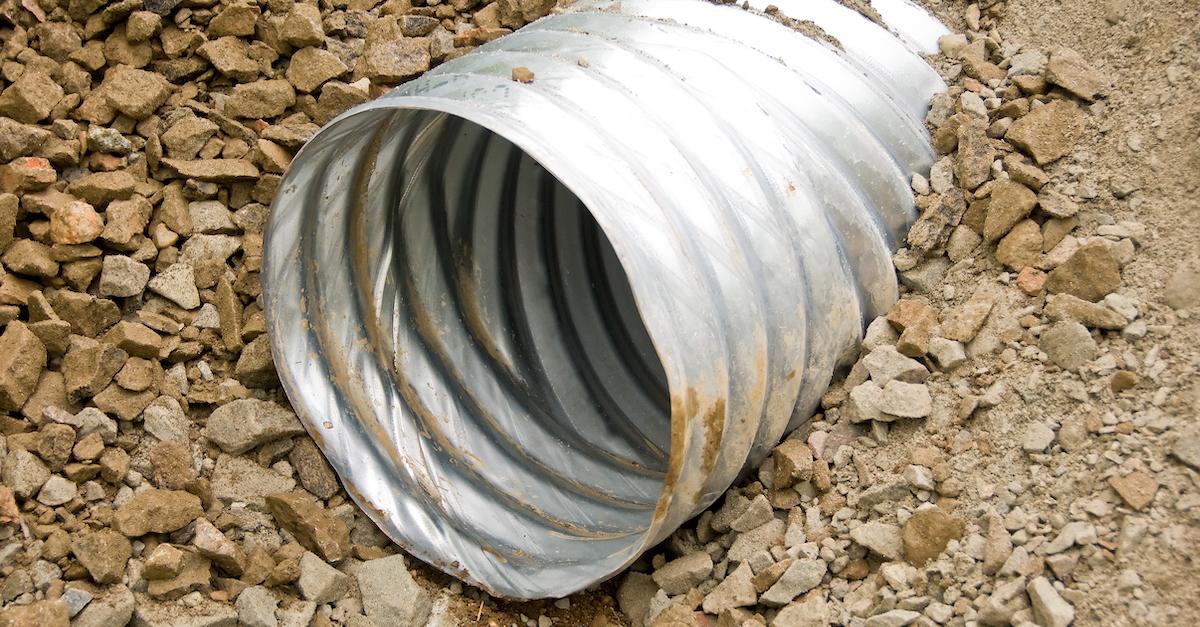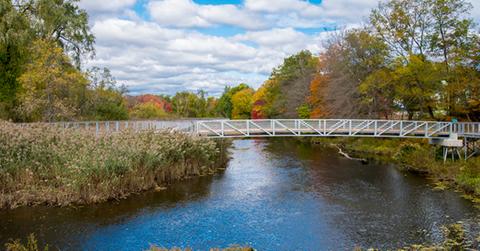What Caused Over 10 Million Gallons of Sewage to Spill in Worcester, Mass.? What We Know
Published Sept. 23 2022, 12:32 p.m. ET
This week, many regions of the world have faced a wide range of natural disasters, from Hurricane Fiona slamming Puerto Rico, to a massive earthquake shaking Mexico. But the Worcester, Mass. sewage spill was no natural disaster — it was simply triggered by torrential rain, which unleashed millions of gallons of sewage into the city's Blackstone River.
Residents are currently advised to avoid any contact with the river, to avoid possibly getting sick.
The effects resulting from the sewage spill impact parts of the river far beyond Worcester, as far as Millbury, Sutton, and Grafton.
"This overflow consists, or likely consists, of untreated or partially treated sewage and waste," reads an alert that was sent to residents who sign up for notifications from the City of Worcester Department of Public Works & Parks.
"Avoid contact with the affected water bodies for 48 hours after the overflow ceases due to increased health risks from bacteria and other pollutants," the notification continues. "See website for more information on whether specific resource areas, such as bathing beaches, are affected."

Here's how 11 million gallons of sewage overflowed into the Blackstone River:
On Thursday, Sept. 22, an outfall pipe behind the Worcester, Mass. Walmart on Tobias Boland Way released a whopping 11.584 million gallons of untreated or partially treated sewage into the Blackstone River. The overflow started at around 12:30 p.m. ET, and ended more than two hours later, at 2:50 p.m. ET.
As previously mentioned, residents were promptly notified by the City of Worcester Department of Public Works & Parks, encouraging them to avoid making contact with the water, for health reasons.
That said, you'll probably want to stay away from the river for a while, to avoid potential contamination.
As previously mentioned, this happens pretty frequently. In fact, residents received a similar notification of sewage overflow from the same location, just a few weeks earlier on Sept. 6.
So, why does this keep happening?

Why do these sewage spills happen frequently?
Unfortunately, the city's combined sewer overflow (CSO) results in regular sewage spills like these. It prevents streets and basements from flooding, but needless to say, it's a crappy alternative.
“This action is designed as a relief point for combined sewer systems that carry both wastewater and stormwater in the same pipe,” Robert Burgess, a spokesperson for the city, wrote in a statement via MassLive.
“Without the overflow to provide a relief point during high flows (heavy rains), basement backups and street flooding would occur," he continued.
Earlier this year, a law went into effect requiring the city to notify residents of spills. On average, up to 20 happen every year.
"A permittee shall issue a public advisory when there is a discharge from the permittee’s outfall in accordance with this section," the law reads. "The department may allow a permittee to issue a combined advisory message when a weather event or other related occurrence involves more than 1 of the permittee’s outfalls discharging into the same water body or waterway."
Though the CSO may be the solution to flooding for now, Worcester may want to look into other flood preventatives.
